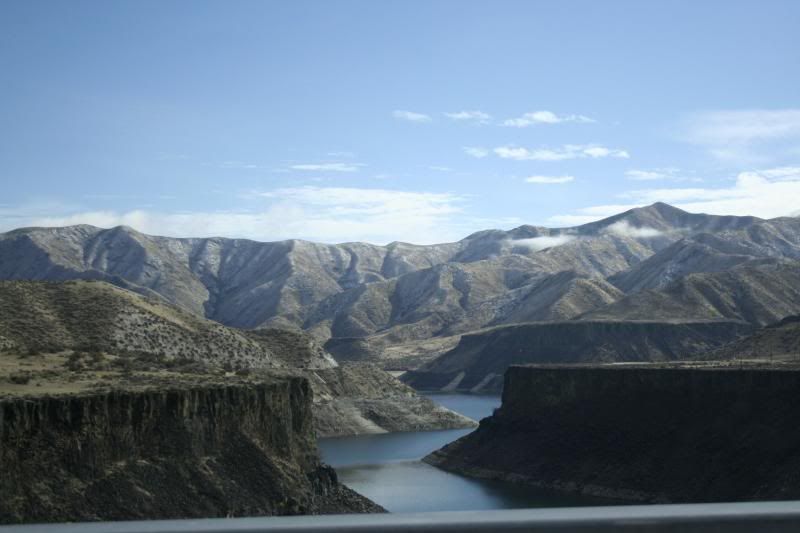There are so many great choices out there it is tough to weed through all the options.
Some more info:
Mirrorless cameras are available in a number of sensor sizes.
From smallest to largest:
Pentax Q 1/1.7" sensor: This sensor is the same size as many compact cameras. Its advantage is in interchangeable lenses, but you still have compact camera image quality.
Nikon 1 : 1" sensor: This sensor is the same size as the Sony RX100. It is significantly larger than compact camera sensors, but smaller than most other interchangeable lens cameras.
Micro 4/3 sensor: This sensor is a little larger than the Nikon 1, but still smaller than traditional DLSR sensors.
APS-C sensor: This sensor is the traditional entry level to mid level DSLR sensor size and is larger than micro 4/3. Many mirrorless cameras use this sensor size including Sony NEX, Samsung NX, Fujifilm X, and Canon EOS M.
Full frame (35mm): This sensor size is used mostly in pro level DSLRs. Only one mirrorless system uses this sensor so far, the Sony A7 and A7r. Not many lenses are available for this system, as it is very new.
As you go up and down sensor size, lens size follows, so full frame lenses are huge, APS-C lenses a little smaller, m4/3s a little smaller yet, etc. Lens size is one of the biggest advantages of Nikon 1 and m4/3s for backcountry use, IMO.
The previously mentioned Canon 7D and Nikon D7100 are higher-end APS-C DSLRs. APS-C mirrorless cameras should be capable of similar image quality, but lens quality has a lot to do with it, and Canon and Nikon have a huge library of quality lenses available.
There is one major advantage to mirrorless systems over DSLRs however, and that is autofocus during video. DSLR's traditionally struggle with this, although Canon's new 70D made huge steps forward with on-chip PDAF. I expect future DLSRs to improve in this area also.


